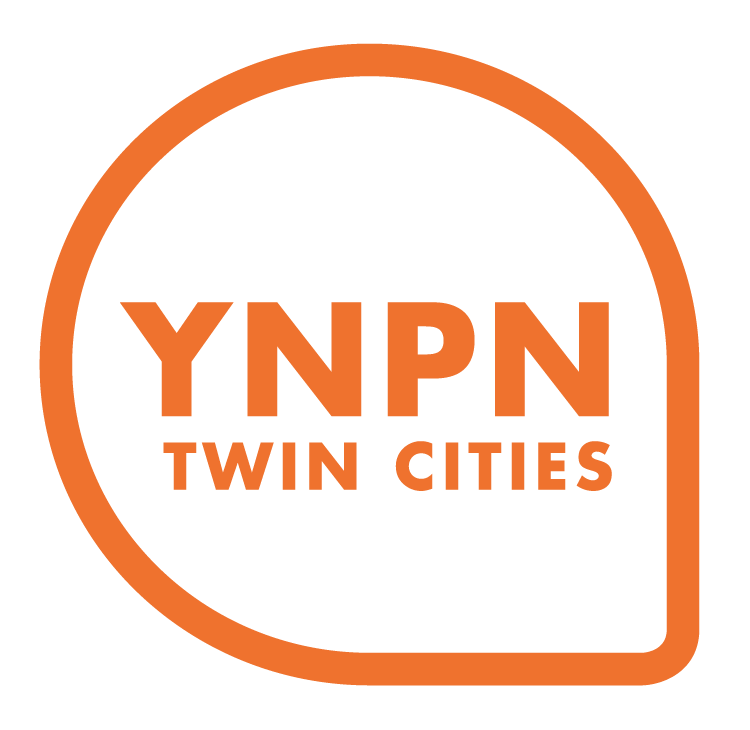In the Year 2000
by Nathan Magel
I spend a lot of time in coffee shops, conference sessions, and meetings galore trying to make sense of the crazy mixed up world we live in today. What does our current milieu of threadbare budgets, frenetic innovation, and the ever clarion call for measurable results mean for the work of our organizations? A question we’re all grappling. But for a moment or two, let’s shove away from our desks, quit clinking our iPhones, and look into the future. Yes, that’s right the future. As Conan would facetiously exclaim, all the way to the year 2000.
In the year 2000... Who was president? What was the highest grossing movie? Who won the World Series? Who topped the Billboard charts? What was the national unemployment rate? (*Answers below). Aaron Hurst, President & CEO of Taproot Foundation, opened with these questions at Nonprofits 2020—a session at the National Conference on Volunteering and Service in New York City. These questions set the stage for what would be an inspiring and befuddling 90 minutes.
Looking Back
Drawing on their expertise in the fields of social services, immigration, and environmentalism, panelists cited the most important changes they’ve seen in the last decade, what they were most excited about (and scared of), and where they see the nation’s work (through nonprofit or otherwise) in 10 years’ time. Here’s what jumped out to me. The United States had the best education system in the world in the 1970s. In the time since, we’ve suffered a slip down to somewhere near 15th. We’re not equipping our students with skills they need to succeed. As US Secretary of Education Arne Duncan said of high school graduates’ college readiness at the conference, “They aren’t ready. We’re lying to them.” Our schools need work.
According to Richard Buery Jr.—President and CEO of The Children’s Aid Society—“More than any time in modern memory, if you are born poor, you’ll stay poor.” Since 1979, those living in the lowest fifth income category have seen an after tax income gain of just 16 percent while those living in the top fifth category have seen a 95 percent increase. Growing income inequality and persistent generational poverty drives needs for more social services, while at the same time undermining the social will to invest in these services. Buery biggest fears are here today. “The United States needs to put out a message that we’re making the engagement of both immigrant communities and the communities in which they’re trying to integrate: A nation-building priority,” says Nikki Cicerani, executive director at Upwardly Global. It’s projected that in 2030, immigration will account for more than 90 percent of growth in our country's workforce.
“The United States no longer has a default first round draft pick of [highly-skilled] global talent.” In order to continue to secure “free agents” and remain cutting-edge, we’ll want to do something different. What’s more, if we can’t produce talent ourselves in our schools, we’ll need to.
In answering the question of what has changed in the last decade, Peter Lehner—executive director of Natural Resources Defense Council—first named what hasn’t changed: the laws of physics. What has changed: our administration. “There’s a dissonance between what polls say are our national priorities and what’s able to be passed through Congress. It takes 40 votes to stop something in the Senate. It takes 60 votes to get something through. Playing offense is tough,” says Lehner. There’s a political inequality out there. And it’s important we recognize it.
Looking Forward
As emerging leaders in the nonprofit sector, most of these challenges will come to us. How can we best attract the resources and propel the movement necessary to make effective change? Should organizations turtle up and play it safe in these hard times; or should we be bold, throw caution to the wind, and hope that forward momentum keeps us from getting jarred too far off course?
It’s rare for me to think about work in the nonprofit sector at this scale, and I’m still marinating in all of this. But if one thing became a little clearer to me through this session, it’s not only the importance, but the necessity of understanding the greater context of our work. Who else is impacted by the same problems? What resources do they have available, and where are opportunities to work together in finding solutions? More so than the private sector or government, nonprofits are best positioned to mobilize around issues that our communities identify as important. That’s why it’s pertinent that we rely on each other. We can’t afford to hold our cards close to our chests. We need to keep tabs on each others’ work, share resources, and look for connections between seemingly disparate fields and disciplines.
This is no paradigm shift. And these aren’t new ideas. In that way, this session and the conference didn’t quite match my expectations. But, having collaboration around a shared purpose framed as such an imperative has brought me to value what we have here with YNPN a little more.
A lot changes in a decade. While the Yankees are still the most boring team in baseball, our unemployment rate is now 9 percent. I have no idea what Katy Perry sounds like; and who would have thought Coco (Conan O’Brien) would be off the air? We miss you...
*Answers: Bill Clinton / The Gladiator / The Yankees / “It’s My Life” -Bon Jovi / 4%.

